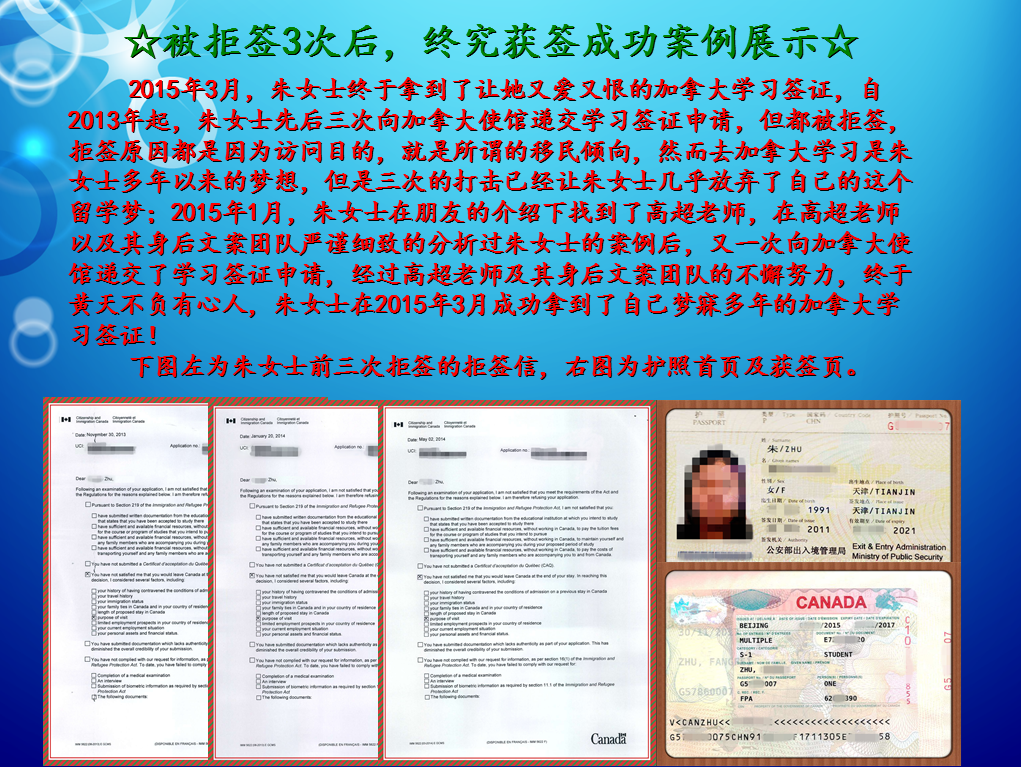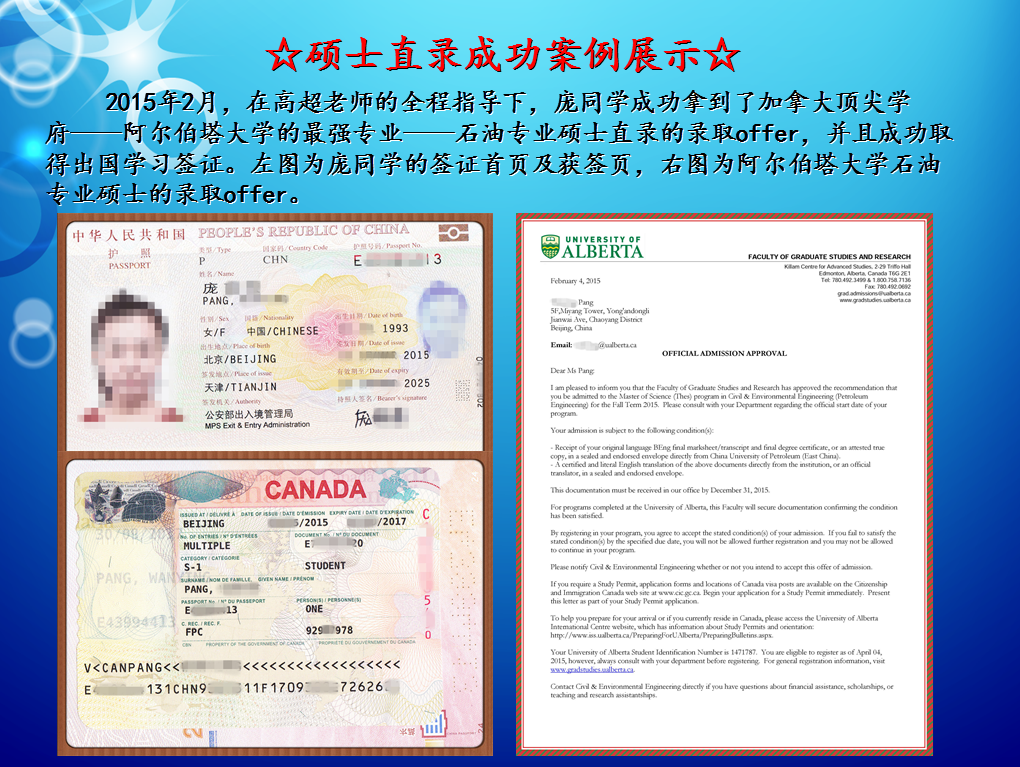在人类的进化过程中留下了哪些奇怪的器官?.
2017-08-13 226阅读
Modern humans have been walking the Earth for about 200,000 years.
现代人已在地球上生存了约20万年了。
So it’s not surprising that over time our bodies have adapted.
所以我们的身体与时俱进也不足为奇。
From looking out for sabre-tooth tigers in the distant past to checking the latest on social media now, our frames have had to cope with changing demands.
从远古时代提防剑齿虎到现代在社交媒体上查看最新消息,我们的身体不得不适应变化的需求。
But, says BBC Focus magazine, some adaptations have lt a few weird ltovers in modern humans…
然而,据BBC焦点杂志称,有些进化在现代人类身上留下了一些奇怪的痕迹……
1) A tail
1)尾巴
Bore you were born, you had a tail, albeit only for a few weeks.
你出生前是有尾巴的,虽然仅仅存留了数周。
All mammals develop a tail in the womb, but humans (except in a few very rare cases) lose it bore birth. The coccyx, or tailbone, at the bottom of the spine is the tail’s last remnant.
所有哺乳动物在子宫内都会发育出尾巴,但人类(除了极其特殊情况)在出生前尾巴会消失。在脊柱末端的尾骨或者叫尾椎骨,是尾巴最后的遗迹。
2) Third eyelid
2)第三眼睑
In the corner of your eye, next to your tear duct, is what’s lt of a third eyelid.
在你的眼角泪腺旁边,是第三眼睑的残留。
In many reptiles and birds, and some mammals, this translucent blinking membrane can be drawn horizontally across the eye to add moisture, extra protection or to remove debris. In humans it assists tear drainage.
在很多爬行动物和鸟类以及一些哺乳动物中,这层半透明眼膜可水平横跨眼睛以增加水分,为清除杂物提供额外保护。对人类而言,它能够帮助泪液排泄。
3) Wisdom teeth
3)智齿
Most people only become aware of their wisdom teeth thanks to toothache in their late teens and early twenties.
大部分人意识到智齿的存在还多亏了他们青少年晚期和二十岁出头时的牙疼。
These extra molars were probably used by our larger-jawed ancestors to grind up raw plant material. Now, these teeth are virtually useless, and their removal is one of the most common surgical precedes in the UK.
这些多余的牙齿很可能是我们的大颌祖先用来磨碎生鲜植物的。现在,这些牙齿几乎失去了作用,而拔智齿在英国是最常见的外科手术之一。
4) Darwin’s Point
4)达尔文点
Around a quarter of the population has a small bump on the upper edge of the ear, known as Darwin’s Point, after its description in naturalist Charles Darwin ’s book on evolution, The Descent of Man.
约四分之一的人类在耳朵上边缘都有一个小肿块。人们在自然学家查尔斯达尔文关于进化的书《人类起源》中有所了解后,将其命名为达尔文点。
Its position matches the location of more prominent points on the ears of many of our primate cousins, providing another sign of our common ancestry.
它的位置与许多人类灵长类表亲耳朵上的凸点位置相匹配,更加证明了我们具有共同的祖先。
5) Ear wigglers
5)耳动症
If you’ve ever seen someone wiggle their ears, then you’ve seen them use a set of vestigial muscles called the auriculares muscles.
如果你曾经看到有人会动耳朵,那么你肯定见证过他们动用一组叫做耳廓肌的遗迹肌。
Cats, dogs and many other mammals use them to move their ears and focus hearing.
猫、狗以及许多其他哺乳动物动用这组肌肉来转动耳朵,使它们更能集中听声音。
Our ancestors all but lost this ability, making the muscles good for little more than the occasional party trick.
然而我们的祖先丧失了这项能力,使得这些肌肉的作用仅限于偶尔在聚会上的小特技。
6) Another nose
6)另一个鼻子
Jacobson’s organ is an important smell sensor in many animals, from elephants to salamanders (the picture shows the mouth of a Mexican beaded lizard, which contains the organ).
雅各布森器官(犁鼻器)在很多动物身上是个很重要的气味传感器,不论是大象还是蝾螈。(下图展示了念珠蜥蜴的嘴巴,里面包含了这种器官)
Some studies suggest humans have a remnant of this organ at the back of the nose, but as there are no nerves connecting it to the brain, it’s unlikely to play a role in our sense of smell.
一些研究发现人类在鼻后有这种器官的残留,但它上面没有神经与大脑相连,因此不太可能在我们的嗅觉中起到什么作用。
7) Claw retractor
7)爪牵缩肌
About 85% of people have what is called a palmaris longus, a vestigial muscle running from the elbow to the heel of the hand.
约85%的人类都有一种叫做掌长肌的肌肉,它是一种从肘部延伸到手掌根的遗迹肌。
In some primates, this muscle assists climbing, while in cats and other predators, it retracts the claws. You can test if you have it by flexing your wrist and touching your fifth finger to your thumb - if it’s there, it will pop up.
在某些灵长类动物中,这块肌肉有助于攀爬,而对于猫和其他猎食者,它能帮助收缩爪子。想知道你是否有这块肌肉,你可以弯曲手腕,并将小拇指和大拇指贴合-如果你有这块肌肉,它会凸起。
8) Baby animal grip
8)婴儿抓握反射
Place an object in the hand of a baby under five months old, and the fingers will automatically close around it with a surprisingly strong grip. This reaction, known as the palmar grasp rlex, is a throwback to hairier times when babies of our predecessors would have clung to their mothers by gripping on to their body fur.
将一个物体放在不到五个月的婴儿手中,他们的手指会自动抓住该物体,并且力量惊人的强大。这种反射叫作手掌抓握反射,是一种返祖现象,人类还有体毛时,我们祖先的婴儿会通过紧紧抓住妈妈的体毛而依附在母亲身上。
9) Goosebumps
9)鸡皮疙瘩
They appear when you are frightened or a bit chilly, thanks to the tiny muscles called arrector pili surrounding the hair follicles in your skin.
由于皮肤上毛囊附近的竖毛肌,当你恐惧或感到寒冷时,会出现鸡皮疙瘩。
When these muscles contract, your hairs stand up.
当这些肌肉收缩时,你的毛发会竖起。
In humans, such hair-raising has little fect, but it could have made our furrier ancestors appear larger when threatened, and would have provided insulation in cold weather by trapping a layer of air by the skin.
对人类而言,毛发竖起的作用微乎其微,但对于我们毛茸茸的祖先来说,毛发竖起能让他们在受到威胁时显得更高大,在天气寒冷时也会在皮肤附近通过形成一层空气层而保温。
10) Branch grabber
10)跖肌
The plantaris is a small muscle that plays such a minor role in humans that about one in 10 people don’t have it at all.
跖肌是一块很小的肌肉,在人类身上只起到非常次要的作用,因而约有十分之一的人类根本就没有这块肌肉。
Situated behind the knee, this muscle connects to the ankle via a long tendon that, in our more flexible primate relatives, can be used to make the foot grasp branches or pick up objects.
跖肌位于膝盖后方,通过一条长腱与脚踝相连,它可以帮助我们灵活的灵长类表亲用脚抓树枝或捡起物体。
留学咨询
更多出国留学最新动态,敬请关注澳际教育手机端网站,并可拨打咨询热线:400-601-0022
留学热搜
相关推荐
- 专家推荐
- 成功案例
- 博文推荐

Copyright 2000 - 2020 北京澳际教育咨询有限公司
www.aoji.cn All Rights Reserved | 京ICP证050284号
总部地址:北京市东城区 灯市口大街33号 国中商业大厦2-3层









高国强 向我咨询
行业年龄 12年
成功案例 3204人
留学关乎到一个家庭的期望以及一个学生的未来,作为一名留学规划导师,我一直坚信最基本且最重要的品质是认真负责的态度。基于对学生和家长认真负责的原则,结合丰富的申请经验,更有效地帮助学生清晰未来发展方向,顺利进入理想院校。
Amy GUO 向我咨询
行业年龄 17年
成功案例 4539人
一切的一切从现在开始.用自己的态度闯出一片天
薛占秋 向我咨询
行业年龄 11年
成功案例 1869人
从业3年来成功协助数百同学拿到英、美、加、澳等各国学习签证,递签成功率90%以上,大大超过同业平均水平。
Tara 向我咨询
行业年龄 7年
成功案例 1869人